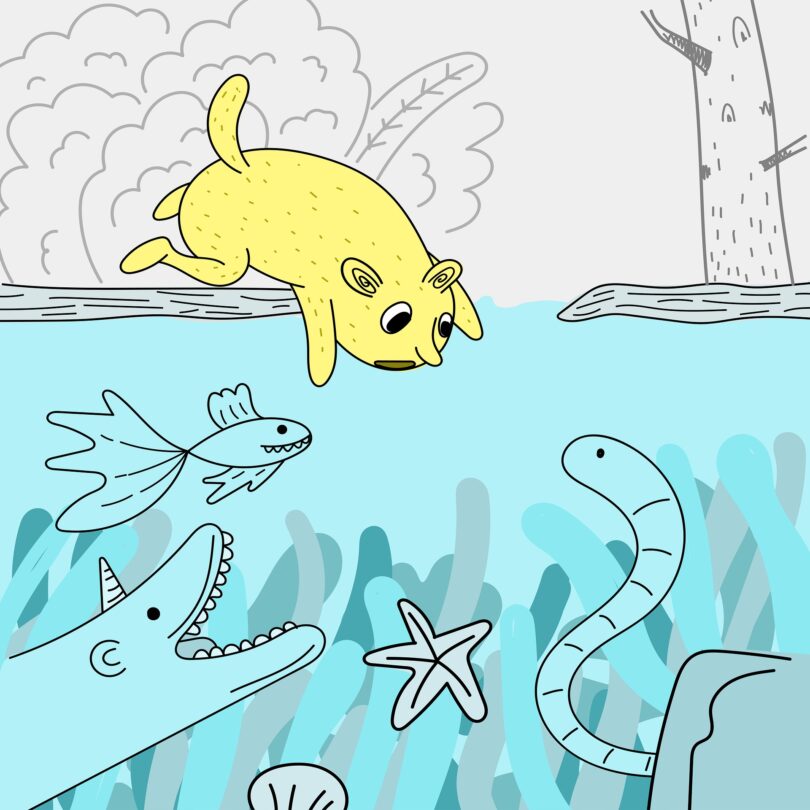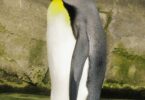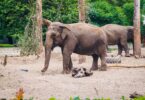Introduction:
In the grand tapestry of life, animals represent one of the most captivating threads. From the smallest insects to the colossal whales of the ocean depths, the animal kingdom encompasses a breathtaking array of diversity, behavior, and adaptation. Let’s embark on a journey to unravel the wonders of the animal world.
Diversity Unveiled
The sheer diversity of animal life is nothing short of awe-inspiring. With over 8.7 million species estimated to inhabit our planet, animals come in an astonishing variety of shapes, sizes, and habitats. From the lush rainforests to the barren deserts, from the icy polar regions to the depths of the oceans, animals have conquered virtually every corner of the Earth.
At the heart of this diversity lies evolution, sculpted by millions of years of adaptation to changing environments. Each species has developed unique characteristics and behaviors tailored to its specific niche, whether it’s the camouflage of a chameleon, the speed of a cheetah, or the intelligence of a dolphin.
The Marvels of Adaptation
One of the most remarkable aspects of animals is their ability to adapt. Evolutionary processes have equipped them with an array of tools to survive and thrive in their respective habitats. Some animals, like the Arctic fox, have thick fur and layers of fat to withstand freezing temperatures, while others, like the camel, possess specialized features to endure scorching desert heat.
However, adaptation extends beyond physical traits; it also encompasses behavioral strategies. From intricate mating rituals to complex social structures, animals have devised ingenious ways to navigate the challenges of survival. Whether it’s the cooperative hunting tactics of wolves or the intricate communication of bees, these behaviors underscore the intelligence and sophistication of the animal kingdom.
Guardians of Ecosystems
Beyond their individual traits, animals play a crucial role in maintaining the delicate balance of ecosystems. As predators, prey, pollinators, and seed dispersers, they are intricately woven into the fabric of their environments. The loss of a single species can have cascading effects, disrupting entire food webs and leading to ecological imbalance.
Consider the plight of the honeybee, whose vital role in pollination supports the production of fruits, vegetables, and nuts that comprise a significant portion of the human diet. The decline of bee populations worldwide poses a serious threat to global food security, highlighting the interconnectedness of all living beings.
Conservation Imperative
In the face of habitat destruction, climate change, and other anthropogenic pressures, conservation efforts have never been more critical. Preserving biodiversity is not only a moral imperative but also essential for the well-being of our planet and future generations. Fortunately, there is hope. Conservation initiatives around the world are working tirelessly to protect endangered species, restore habitats, and raise awareness about the importance of coexisting with wildlife.
Unusual Species: Nature’s Oddities
While many animals conform to familiar patterns of behavior and appearance, others stand out as true oddities. Take, for example, the axolotl, a remarkable amphibian native to Mexico. Unlike most amphibians, which undergo metamorphosis from larva to adult, the axolotl retains its juvenile features throughout its life, including its external gills and larval-like finned tail. This unique trait, known as neoteny, has made the axolotl a subject of scientific fascination and conservation concern.
Another extraordinary creature is the platypus, a mammal native to Australia. With its duck-like bill, webbed feet, and beaver-like tail, the platypus defies easy categorization. It is one of only a few mammals capable of laying eggs, making it a biological marvel. Its electroreceptive bill also allows it to detect the faint electrical signals produced by its prey, showcasing the ingenuity of evolution.
Extraordinary Behaviors: Insights into Animal Intelligence
Beyond their physical traits, animals exhibit a remarkable array of behaviors that hint at their intelligence and complexity. Consider the tool use observed in certain species, such as the New Caledonian crow, which crafts and uses tools to extract insects from crevices—a skill once thought to be exclusive to humans.
Social behaviors also provide fascinating insights into animal cognition. In primate societies, for example, individuals engage in intricate social interactions, form alliances, and demonstrate empathy and cooperation. The complex vocalizations of whales and dolphins suggest a level of communication and social bonding that rivals our own.
Evolutionary Curiosities: Adapting to Unique Environments
In the crucible of evolution, animals have adapted to a wide range of environments, often leading to surprising and ingenious solutions. Take, for instance, the mudskipper, a fish capable of surviving out of water by breathing through its skin and using its pectoral fins to “walk” on land—a remarkable adaptation to the intertidal zone.
Similarly, the deep-sea anglerfish has evolved a bioluminescent lure to attract prey in the darkness of the abyss. Male anglerfish, much smaller than their female counterparts, possess specialized adaptations for mating, including fusing their bodies with the females and eventually becoming a permanent, parasitic appendage.
Conservation Challenges and Opportunities
While these examples highlight the extraordinary diversity and adaptability of animals, they also underscore the urgent need for conservation. Habitat destruction, pollution, climate change, and overexploitation threaten countless species with extinction. As stewards of this planet, it is incumbent upon us to take action to protect and preserve the rich tapestry of life that surrounds us.
Fortunately, there is cause for hope. Conservation efforts around the world are making a difference, from the establishment of protected areas to the implementation of sustainable practices. By working together and embracing our responsibility to safeguard the natural world, we can ensure a brighter future for all species, both ordinary and extraordinary.
Conclusion
The animal kingdom is a testament to the beauty, complexity, and resilience of life on Earth. From the majestic lions of the African savannah to the elusive creatures of the deep sea, each species has a story to tell and a role to play in the intricate web of existence. As stewards of this planet, it is our responsibility to cherish and protect the rich tapestry of animal life for generations to come.







